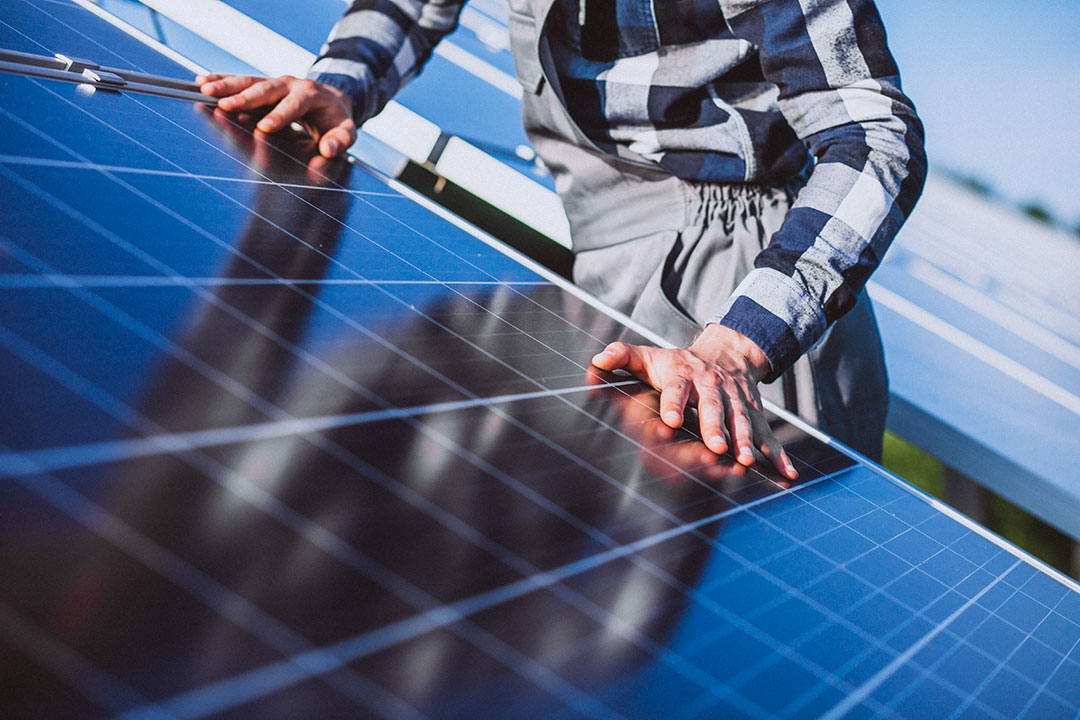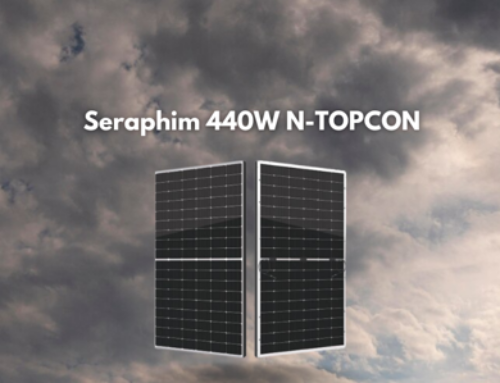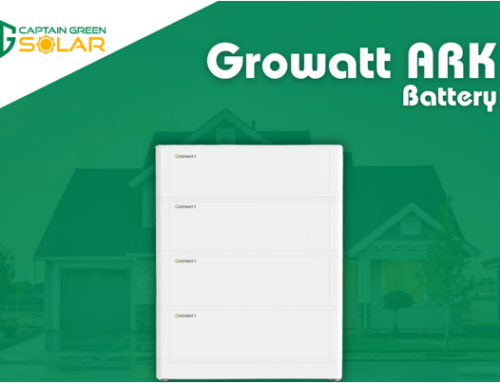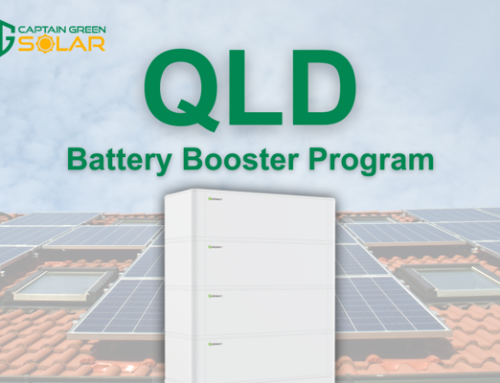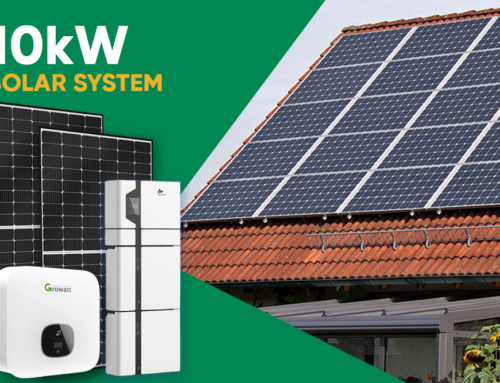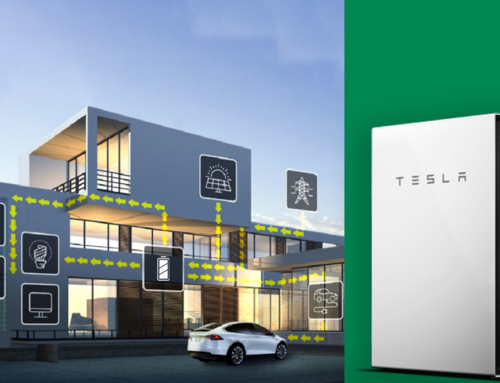Two landmark buildings in the heart of Melbourne’s Central Business District (CBD) switch over to solar energy in record-setting time. This is the largest installation of a solar system ever retrofitted to a Melbourne apartment block and the highest commercial solar system in Australia.
A 59.4kW system was installed at 101 Collins St., Australia’s fourth tallest skyscraper (56 storeys) and home to some of the world’s most prominent financial institutions, will be used to subsidize the cooling of the building’s tenant condenser water system.
“This solar installation is a continuation of the long term strategy of Eureka Funds Management to reduce the carbon footprint of the assets we manage on behalf of our investors,” said Eureka’s Brett Dillonin. “Since 2008, base building energy use at 101 Collins Street has reduced from 12,000,000 kWh/annum to just 6,700,000 kWh/annum – a drop of 44 per cent”.
Melbourne’s Lord Mayor Robert Doyle said the 180 330W panels were installed vertically to maximise energy from the sun while taking up minimal roof space.
The panels, installed at a height of 195 metres, will generate 47,000kWh of electricity per year and will reduce greenhouse gas emissions by 59 tonnes a year. This is equivalent to the annual electricity usage of more than 12 residential homes.
In another inner city project, a 50kW PV system installed by the owners of 149 apartment units in the historic Hero Building on Nearby Russell Street, will be used to power the lighting and ventilation systems in the common areas of the 60 year old building.
The nine storey building originally housed a telephone exchange and postal hall. In 1999, it was converted into a 14 storey building, housing a variety of boutique apartments with retail stores on the ground and basement level by renowned Melbourne architect, Nonda Katsalidis.
Resident and member of the Hero Owners Corporation Committee, Tricia Caswell, said the solar panels will be paid off in roughly eight years and will generate ongoing savings for tenants’ electricity bills.
“We’re all proud to live in a boutique building, but now we have the feel good factor that comes from doing something good for the environment as well. We see installing solar as an investment in the value of the whole building.”
The Melbourne City Council claims the $103,857 Russell St. system was partially funded through the sale of $34,188 of small scale technology certificates (STCs), a $3,000 rebate from the council’s Smart Blocks initiative and financing of $30,000 from the Sustainable Melbourne Fund.
The $230,000 101 Collins St. system was also partially funded by council, with a $4,000 rebate through the City of Melbourne’s Commercial Solar Rebate Program.
“Our goal for carbon neutrality is for the whole municipality so we applaud the commitment being shown by management and tenants of 101 Collins Street and we hope that other building owners follow their lead,” said Councillor Arron Wood, chair of the City of Melbourne’s Environment Portfolio.

